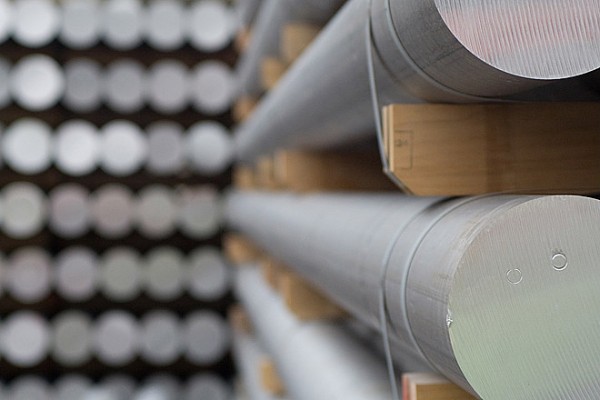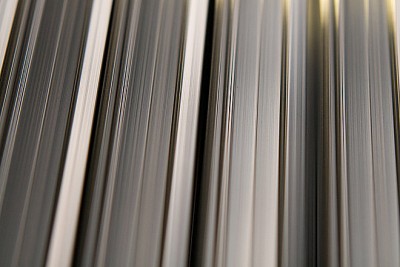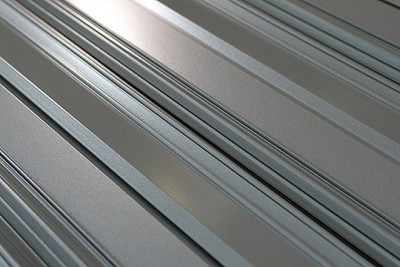Hit enter to search or ESC to close
Altus produce aluminium extrusions in five alloys. Their compositions conform to the International Alloy Designation System.
Alloys are mixtures of a parent metal and one or more other metals. Alloys are formulated to create properties that the parent metal does not have – for example, strength or corrosion resistance.
 International Alloy Designation System (IRD)
International Alloy Designation System (IRD)
All registered aluminium alloys have a four digit identification number. The first digit identifies the major alloying element that has been added to the aluminium. Some aluminium alloys also have an alphabetical suffix, used to indicate a national variant.
International Naming Series Major Alloying Element(s)
1xxx Pure Aluminium
2xxx Copper
3xxx Manganese
4xxx Silicon
5xxx Magnesium
6xxx Magnesium + Silicon
7xxx Zinc
8xxx Others
9xxx Experimental Alloys
Globally, over 80% of commercial aluminium extrusions are made from an alloy of the 6xxx (AlMgSi) series.
Fletcher Aluminium’s alloys
The chemical elements used in Fletcher Aluminium’s four alloys in the 6xxx series are silicon, magnesium, manganese, copper and chromium. Fletcher Aluminium also uses one high purity aluminium material (1xxx series). Please see individual alloy data sheets for full details.
Overview of alloys in the 6xxx series (Aluminium-Magnesium-Silicon)
Each aluminium alloy can be manufactured with varying levels of mechanical properties (strengths) ranging from the softest to the hardest states possible for that alloy.
6060
- Most commonly used to create complex shapes with good mechanical properties – as typically required by modern architectural and light structural industries
- Responds well to polishing, chemical brightening, anodising and painting
6061
- Used in land and marine transport, industrial and general engineering
- Medium-strength structural alloy not controlled for surface with fair/good machinability
- Methods of heat treatment necessary to secure the temper requirements mean that thin, intricate shapes are not always possible. However, in this respect, 6261 is better than 6061
- May be anodised for protection, but the surface appearance will exhibit a grey shade and some surface roughness
6101
- This is a specially prepared alloy used mainly as an electrical conductor
- It is a semi structural alloy intermediate in strength between 6060 and 6061/6261
- May be satisfactorily anodised for protection
6261
- Used in land and marine transport, industrial and general engineering
- Medium-strength structural alloy not controlled for surface with fair/good machinability
- Methods of heat treatment necessary to secure the temper requirements mean that thin, intricate shapes are not always possible. However, in this respect, 6261 is better than 6061
- May be anodised for protection, but the surface appearance will exhibit a grey shade and some surface roughness
1xxx series
1200
Used when purity along with appearance and formability is more important than strength. Because of its purity the alloy's electrical conductivity is very close to that of the E.C. grade alloy, 1350.